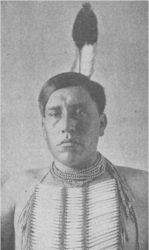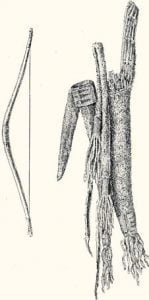Treaty of September 26, 1825
For the purpose of perpetuating the friendship which has heretofore existed, as also to remove all future cause of discussion or dissension, as it respects trade and friendship between the United States and their citizens, and the Ottoe and Missouri tribe of Indians, the President of the United States of America, by Brigadier-General Henry Atkinson, of the United States’ army, and Major Benjamin O’Fallon, Indian Agent, with full powers and authority, specially appointed and commissioned for that purpose, of the one part, and the undersigned Chiefs, Head-men, and Warriors, of the said Ottoe and Missouri tribe of Indians, on behalf … Read more





